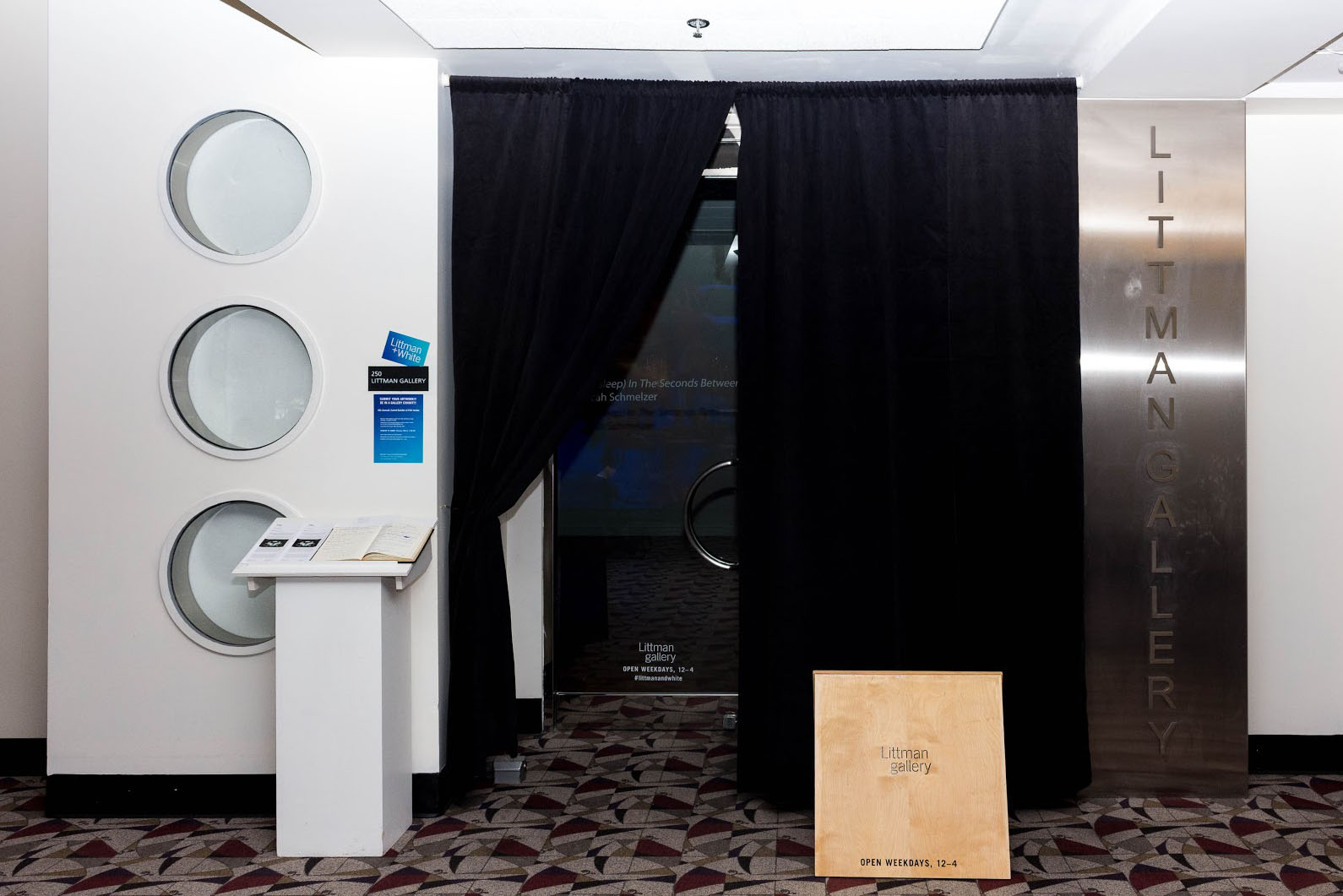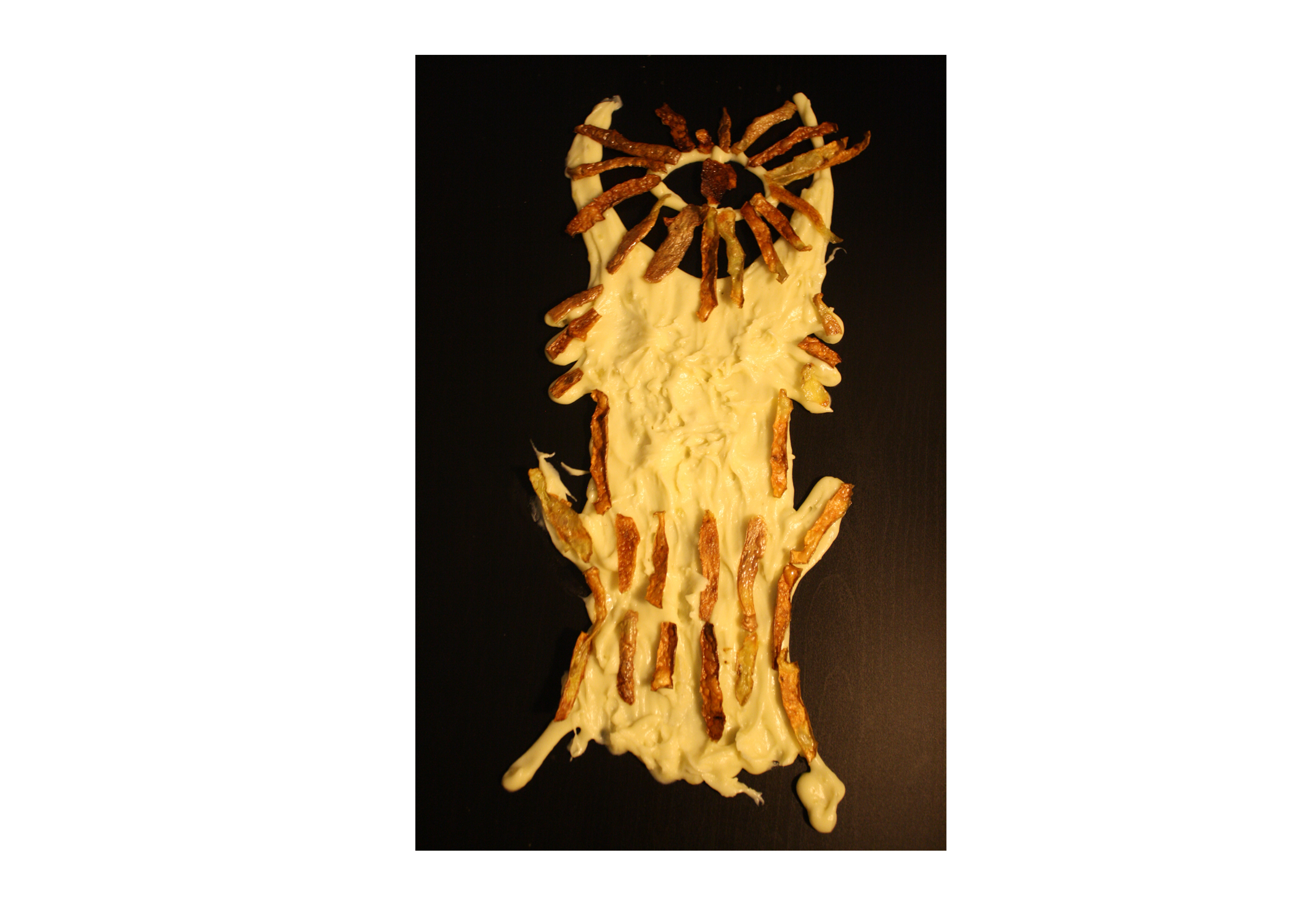Three weeks ago, the Portland State student staff of the Littman Gallery in Smith Memorial Student Union didn’t know if they would have a space on campus next fall; PSU is creating two new resource centers for African American and Asian/Pacific Islander students and the gallery’s current location on the second floor of SMSU was being considered as an option.
Creating these centers is in response to student demands for more cultural support. Part of the university’s ongoing goals is to create a more diverse, equitable and inclusive environment. Therefore, having these two new centers located in an accessible and visible location on campus is very important.
Nonetheless, relocation was an alarming possibility for the gallery, which has existed for 35 years, and has already scheduled programs through 2017, promising this specific space to their artists.
Sasha Jones, Littman Gallery director and PSU art history major, met with John Fraire, the Vice President for Enrollment Management and Student Affairs on Feb. 3. Jones presented him with letters from the community that illustrated the community value of the gallery.
“We have so many testimonies about how the gallery has been really influential,” Jones said.
After the meeting, Jones was convinced Fraire would advocate for them but there was still a lot of anxiety because no one knew who would be making this decision and when. However, even while their future was uncertain, Jones was hopeful.
“In the end, I think there’s going to be more room for culture and the arts,” Jones said. “It will be a win-win for students.”
Fortunately, it looks like Jones was right. Fraire has assured Jones that the Littman Gallery is no longer being considered as an option for the two new centers.
Angela Hamilton, Coordinator of Student-Operated Services and the gallery’s advisor, attributes much of this success to how the situation was handled, on all sides.
“They could have just gone out and printed posters about how the administration was doing things behind closed doors. They could have done a smear campaign. They could have protested,” Hamilton said. “But they sat down with the vice president and presented him with an amazing case that let him see, not only that what they were doing is important, but that they’re doing important social justice work themselves.”
Hamilton explained that art also looks at intersectionalities and violence which are many of the same issues that these cultural centers are designed to address. The arts are able to contribute to the conversation through a different lens and possibly reach a different audience.
“For a university to be truly committed to diversity and equity and social justice, it can’t just be within one department,” Hamilton said.
Aimee Shattuck, the Assistant Dean of Student Life, also thought the students handled the situation well as they made it clear they wanted to be a part of a solution that benefited everyone.
“They were civil in the face of controversy, which is one of the leadership skills we emphasize in SALP, so it was inspiring to see how that worked in their favor,” Shattuck said. “Overall, the students were models in how to problem-solve and advocate for themselves.”
Hamilton was also pleased with how the administration responded to the students. Hamilton said Fraire seems committed to how projects specifically benefit students. Perhaps this is because Fraire himself is an artist and served as an Arts Commissioner in Washington state for six years; he wants to encourage art on campus.
Regardless, it seems as if everyone is pleased with how this situation was resolved. The Littman Gallery will stay in SMSU 250 and the two new cultural centers will still have a prominent place on campus, though where that will be is yet to be determined.
“The only way we really create change is building relationships and doing something together,” Hamilton said.






